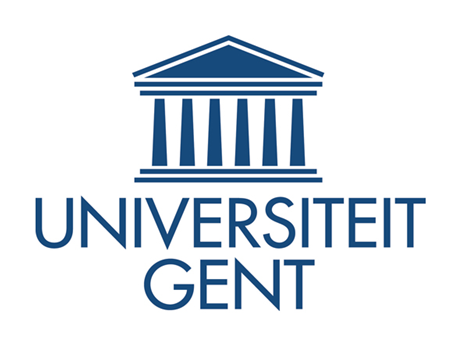Outcomes
Results in basic sciences
World catalogue of contourites
A database will be made public through this website. It will hold a set of thematic maps showing the location of the different types of contourites. Additional information will be provided such as; water depth, dimensions, present-day circulation and inferred paleo-circulation. This product can be constructed and used in many levels from "general public" to "experienced user". Its goal is to provide a first full overview of known contourite deposits and their relation to the deep-water circulation. This may also be published as a book or memoir with an online supplement or DVD.
Improvement of the diagnostic criteria
The diagnostic criteria of contourite deposits will improved, both in cores as in seismic sections. This publication will be considered as a follow-up of Rebesco & Camerlenghi (2008) and will contain a thorough review of the existing terminology, yielding more consistency and logic, as well as new terms. Advanced geophysical imagery will be integrated with sedimentological datasets in order to obtain a 3D (or even 4D) insight in the drift's evolution and depositional patterns and processes. This could be published as a book or memoir.
Field guide for onshore contourites
Resulting from the many field trips or workshops to ancient contourite deposits, these type locations (Cyprus, China, Mallorca) will be published as a field guide, next to an atlas section of confirmed and possible occurrences of onshore contourites. This publication will serve as a universal handbook for (under)graduate students who aim to study deep-water processes and will complete existing field guides for turbiditic deposits.
Special publication on shallow sea and lake contourites
The Baltic Sea workshop and some topical sessions in conferences will result in a special publication which presents and discusses contourite deposits in shallow seas and lakes. This will improve and visualize our knowledge of the influence of surface currents or local hydrographic processes on the generation of shallow water contourites. Special interest will go to the contrasts and similarities with deep-water contourites, which will be advantageous for the fossil record.
Results in applied sciences and technology
Special publication on the economic relevance of contourites
In addition to the atlas, a more in-depth book will be compiled on the function of contourites reservoirs systems, either as source rock, reservoir or cap rock. It will provide a better insight in the geophysical, sedimentological and petrophysical characteristics of contourites.
Special publication on the geo-hazard potential of contourites
This project will provide better insight in the role of contourites in geo-hazards such as among others: sliding, possible tsunami generation, stability issues in submarine engineering. This publication will be organized in cooperation with the current IGCP-585 (Earth's continental MARgins: aSsessing the geoHazard from submarine Landslides).
Results with benefit to society
Training
A whole new generation of multi- and interdisciplinary marine deep-water circulation scientists from over the entire world will be trained. This will be accomplished through privileged participation during research cruises ("Training through research"), as well as secondary school science teachers, who can relate their experience in real-time (web-conference) or afterwards to young students.
Raising social an scientific awareness
The project will lead to an increased social and scientific awareness of the processes and products of deep-water circulation. In the first place, this concerns the economic importance of contourites (hydrocarbons, nodules) and its role as seat for geo-hazards. More importantly, the project will highlight the significance of deep-water circulation in the Earth's climate, where contourites are a privileged recorder of past global changes. Finally, the project will demonstrate the role of deep-water circulation in the maintenance of deep-water ecosystems, which could be the host (or nurseries) for fisheries populations



